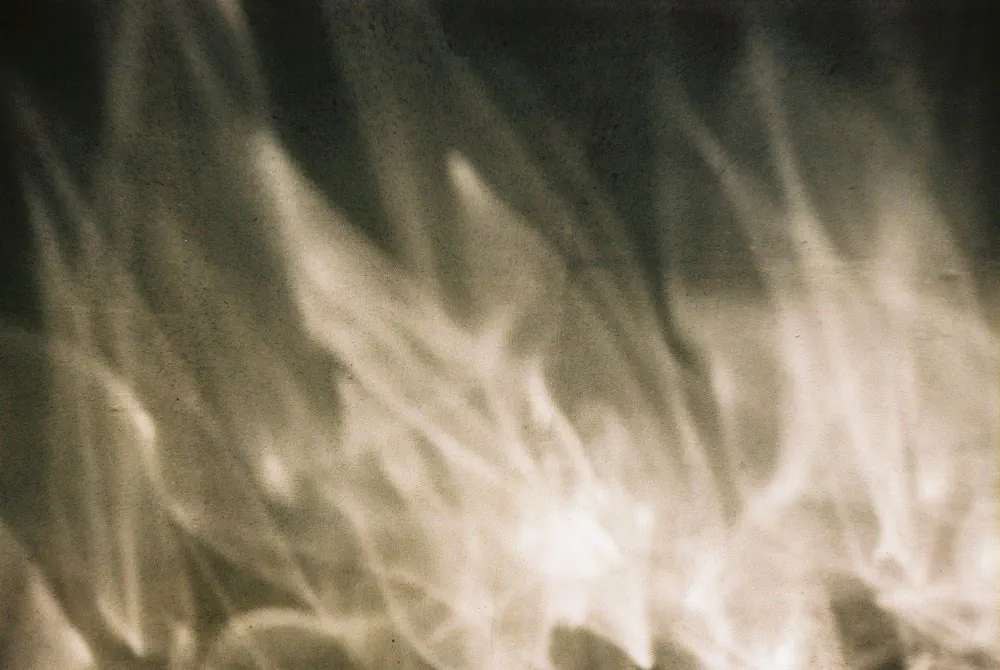I feel foolish yearning for the days of the web I never experienced. My journey to the web started with Broadband internet. I was privileged to have the bandwidth to take Skype calls with best friends after School, watch Angry Video Game Nerd on YouTube and wage war on Tumblr.

Computers are like a bicycle for the mind.
Quote by Steve Jobs
Web 1.0 — Early Days
Before that, way before that, I might add. In 1996, John Barlow, lyricist and essayist, publishes A Declaration of the Independence of Cyberspace.
We are creating a world where anyone, anywhere may express his or her beliefs, no matter how singular, without fear of being coerced into silence or conformity. Your legal concepts of property, expression, identity, movement, and context do not apply to us.They are all based on matter, and there is no matter here.
John Barlow’s vision for cyberspace was a grand one that transcended physical existence and into a new digital unknown. John Barlow was a founding member of the EFF, also a member of the band Grateful Dead!
This school of thought shaped the web to build a deeply personal experience on the web. These netizens took the browser as their canvas and laid out some HTML masterpieces!
You can take a glimpse of the old web through # One Terabyte of Kilobyte Age by Olia Lialina and Dragan Espenschied.
Web 2.0 — The Trojan Horse
Web 2.0 itself is a departure from the original vision that John Barlow had. Where the early web consisted of users creating their own siloed webspaces, The Web 2.0 saw the rise of SaaS(Software as a Service).
Standardization and interoperability was another aspect that Web 2.0 emphasized on. Interoperability itself can be classified as conformity/conformance, but let’s forget that. It was a golden age, this climate brought us APIs. With which interconnected many systems to build new experiences.
The increasing of speed and being always online, the old personal websites of custom HTML and simple guest books (How skeumorphic of us) felt dated. With the influx of new users with varying degrees of computer literacy, social media platforms win with their accessibility.
Present Day — Present Time
I can only speak for myself. With the penetration of social media and it’s integration to modern-day life, for some it has become a necessity to navigate their life. What was once a pastime activity of dialing-in became an integration into our daily lives. We carry always-connected computers in our pockets!
In the context of John Barlow’s essay, the current internet transformed from a bazaar to a zoned theme park. This reminds of the popular opening lyric of “Big Yellow Taxi”,
They paved paradise
And put up a parking lot
Lyrics by Joni Mitchell
It became one-size fits all, but that’s okay as it came the ability to re-invent ourselves. The ability to change one’s image to conform into the ideals of the masses. An action as simple as liking or retweeting may seem innocent enough, but the consequences are unimaginable in a huge social echo-chamber. What may start as a compliance, to not be left in the digital dust of social media, is bound to get internalized.
Conclusion
The underlying human code that pushes us to communicate and connect will find a way! It may come as you’re surfing a trend trying to catch engagement or being influenced by targeted ads during hard times.
Most users have caught up with the ploys of the modern web that hacks our minds for engagement. With real life revolutions, wars, the good and the bad. The power of what’s in our hands is being understood now.
Used as a tool, it can be powerful. But with it comes the standard disclaimer, tools blunt or not can inflict harm. Social media in the hands of the nefarious can lead to disasters. There’s a huge gap left in social psychology to be explored on social media’s influence on us. (Kende et al., 2015)